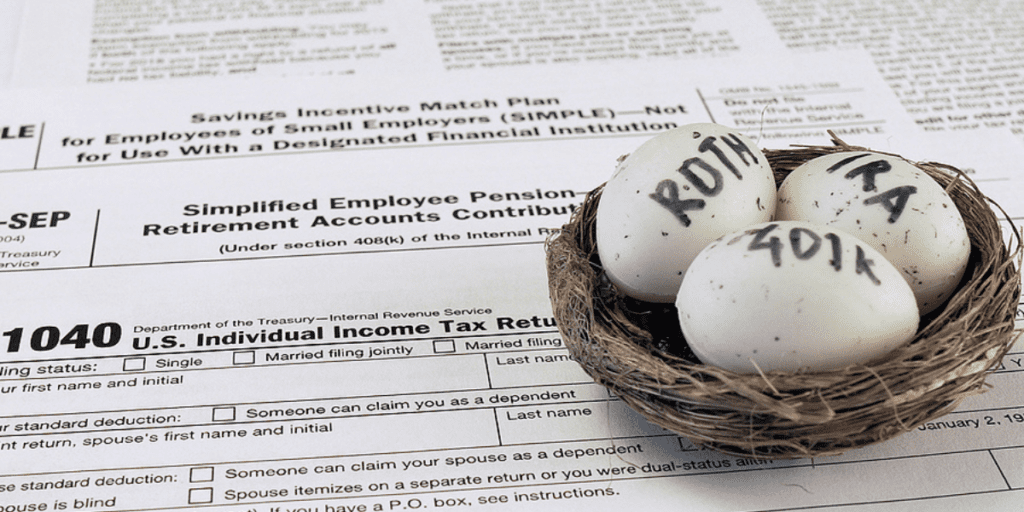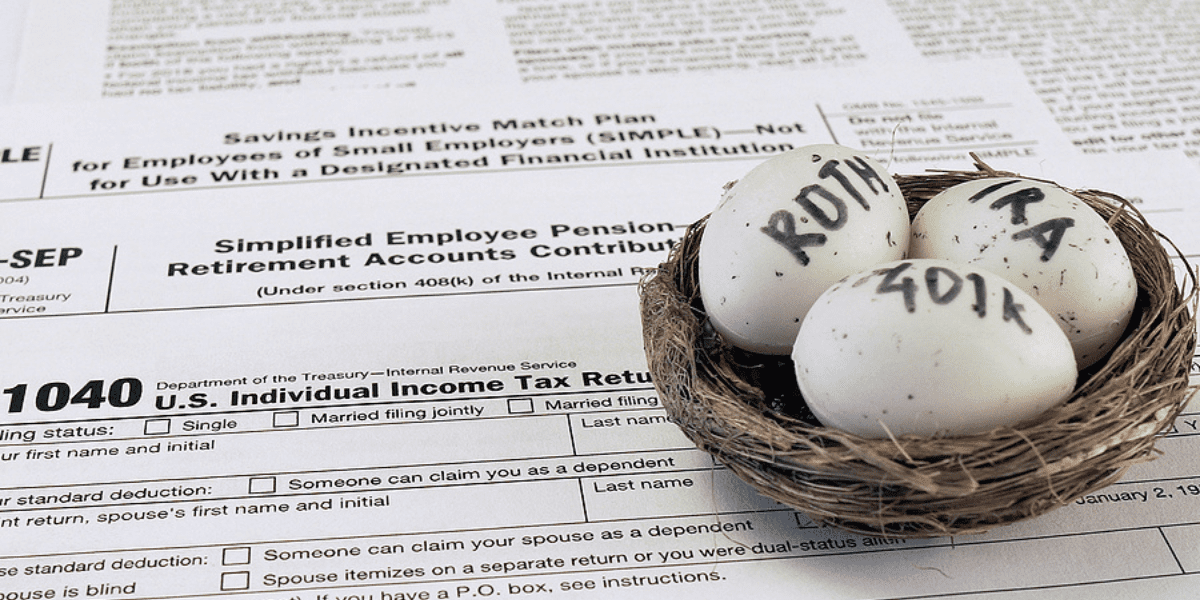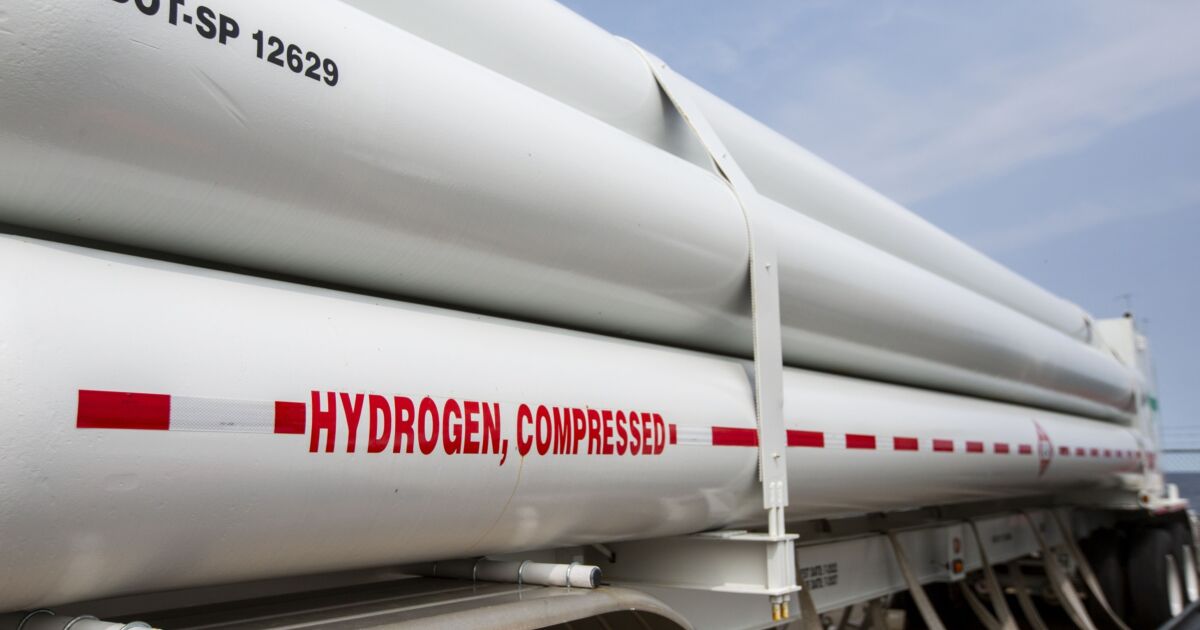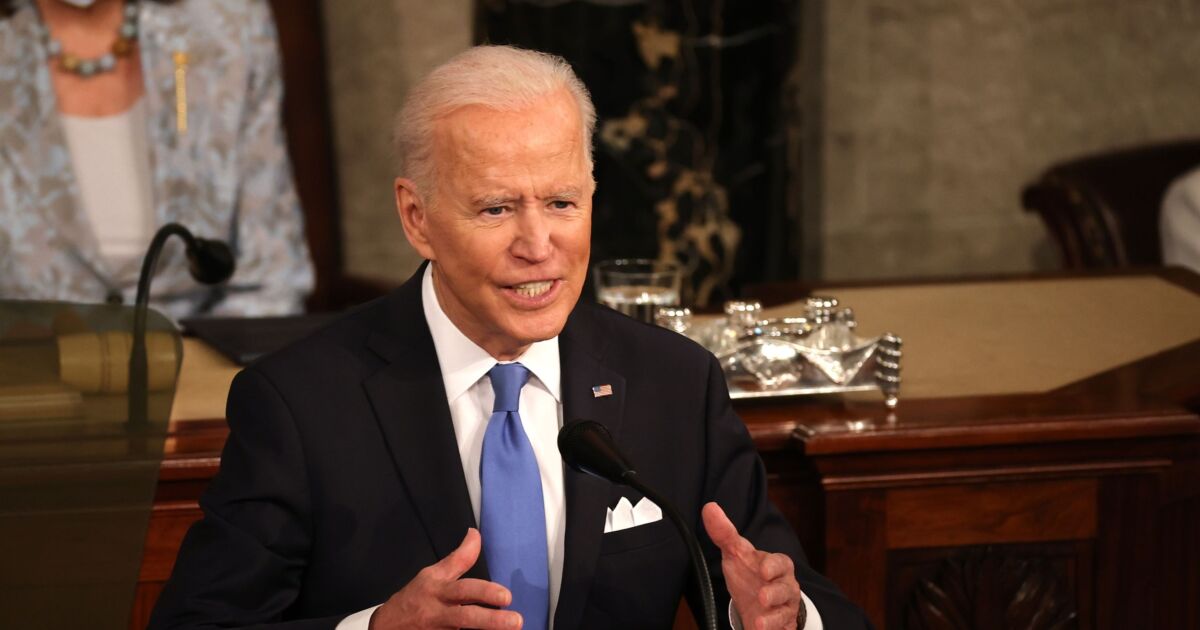
SECURE Act 2.0 has already made a huge impact on the way employees save for retirement. Signed into law on December 23, 2022, some provisions of the SECURE Act have already taken effect, including changes to required minimum distributions (RMD), annual IRA contribution limits and an expansion of early withdrawal penalty exceptions. The legislation also introduced 529 plan rollovers. Saving for retirement, with the help of SECURE Act 2.0, has never been easier.
Key Takeaways:
- Taxpayers with traditional IRAs are no longer required to make withdrawals from their account at age 73 and reduces the penalty for not taking required withdrawals
- Beginning in 2025, the annual total contribution limits to an IRA will be raised to $10,000 for taxpayers between the ages of 60 and 63
- Exceptions for making early withdrawals without a penalty have been expanded
- Employers can now incentivize their employees to contribute to a retirement plan with small gifts, such as a gift card, which was previously not allowed
- Unused funds in 529 accounts can be rolled over into the 529 account beneficiary’s Roth IRA
- Starting in 2026, catch-up contributions for workers with wages exceeding $145,000 during the previous year must be deposited into a Roth account in after-tax dollars
Not all provisions of SECURE Act 2.0 have gone into effect. Several of the provisions won’t take effect until 2024 or 2025. Before making any changes to your retirement savings plan, consult with a tax or financial advisor to ensure you’re selecting the best possible options for your specific situation and retirement strategy.
SECURE Act 2.0 RMD Age Changes
Taxpayers are required to make withdrawals from their traditional IRAs once they reach a certain age. These withdrawals are called required minimum distributions, or RMDs. The previous age at which taxpayers must begin taking RMDs was 72, but in 2023, this increases to 73. If you will not be turning 74 until after 2032, your RMDs do not begin until age 75. The act also reduced the penalty for not taking RMDs when required.
IRAs Annual Contribution Limits Update
The annual contribution to IRAs is limited to $6,500 for an individual taxpayer. Previously, individuals over age 50 could contribute an extra $1,000 per year, but SECURE 2.0 is making a beneficial change. The catch-up contribution will now be indexed for inflation, or a cost-of-living adjustment, each year, increasing the amount taxpayers over 50 can contribute to their IRAs. Additionally, the $7,500 total contribution will rise to $10,000 in 2025 for taxpayers ages 60-63. If you are self-employed, the $3,500 limit will be raised to $5,000. For workers who made over $145,000 in the previous year, catch-up contributions must be deposited in after-tax dollars into a Roth account. The IRS delayed the effective date for this policy, which was originally due to start in 2024 and has now been pushed back to 2026.
SECURE Act Expands Hardship Withdrawal Exceptions
Traditionally, individuals have not been able to withdraw their funds from IRAs until age 59 ½ without incurring a penalty, with a few exceptions. SECURE 2.0 expands on these exceptions. More individuals will be able to access their funds penalty-free, including those with emergency expenses ($1,000 per year), survivors of domestic assault (the lesser of $10,000 or 50% of the account), and victims of natural disasters ($22,000 treated as gross income over three years).
In some circumstances, an individual may be allowed to self-certify that they’ve experienced a hardship event to qualify for a withdrawal. Please note that those making a withdrawal to pay for an emergency expense, described in the legislation as “unforeseeable or immediate financial needs relating to personal or family emergency expenses,” have the option to repay the distribution within three years. Unless repayment occurs within that three-year period, additional emergency distributions won’t be allowed. There are many more specific situations in which an individual under age 59 ½ may be able to withdraw IRA funds without penalty, so consult your tax or financial advisor if you think that may be an option for you.
Introducing 529 Plan Rollovers
Finally, for taxpayers who have unused funds sitting in a 529 plan but do not want to incur penalties to withdraw them, SECURE 2.0 has a solution. Individuals may now rollover funds from a 529 plan to a Roth IRA for the 529 beneficiary as long as the plan has been open for at least 15 years. The rollover each year is maxed at the Roth contribution limit for that year (currently $6500 if you are under age 50).
Employer Contributions and Incentives
To incentivize employees to contribute to the retirement plan, employers can now give small incentives (gift cards, etc.) to employees who contribute. Before SECURE 2.0, this was not allowed. Additionally, for employees who have typically been unable to contribute to a retirement plan through their employer due to paying down student loan debt, their employer can now assist. Employers will be able to contribute to a plan for the employee matching the payments the employee is making on their student loans. This encourages both payment of student loan debt and saving for retirement.
Anders Tax advisors keep up with federal, state and local tax legislation to ensure you receive the most up-to-date guidance possible to stay in compliance while still meeting your financial goals. Learn more about how our advisors can make an impact on your tax planning strategy, and the associated fees, by contacting Anders below.




